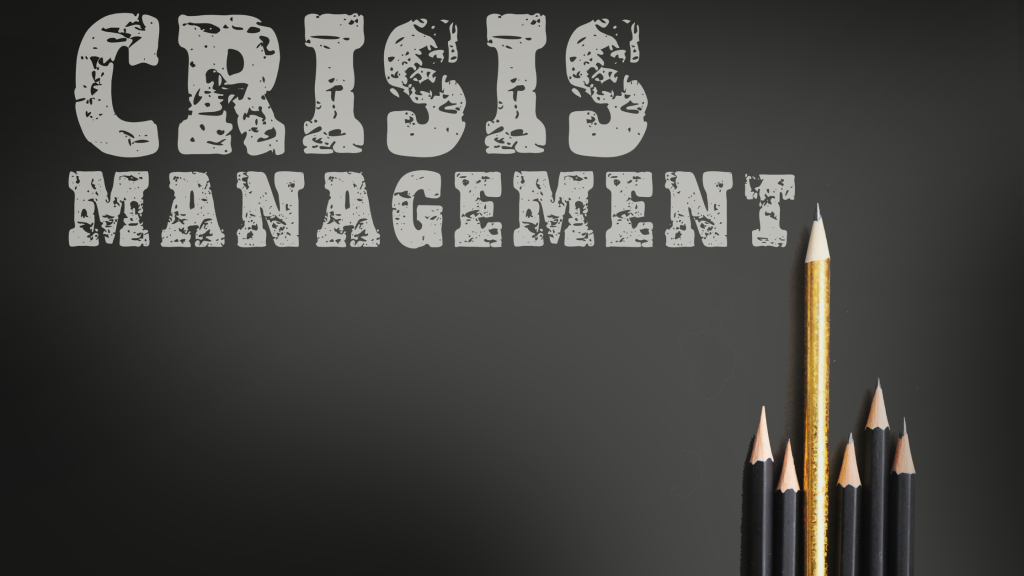Introduction to Crisis Management
In the dynamic world of business, crises are inevitable. The true test of a brand’s strength lies not in avoiding crises altogether but in managing them adeptly when they arise. Crisis management is the art of navigating through tumultuous periods with strategic planning and graceful communication to protect the company’s reputation and values.
Understanding the Crisis Landscape
Recognizing Potential Crises
Before a crisis hits, understanding the various forms it can take is vital. From natural disasters to financial downturns, product recalls to social media firestorms, the array of potential crises is broad. Recognizing the signs of a brewing crisis is the first step to mitigating its potential damage.
The Impact on Your Brand
A crisis can have far-reaching effects on a brand’s reputation. It can erode trust, reduce customer loyalty, and even affect financial health. Protecting your brand in these times means more than just minimizing financial loss—it’s about preserving the trust and confidence that your customers, investors, and the public place in you.
Crafting a Proactive Crisis Management Plan
Risk Assessment and Scenario Planning
Identifying and evaluating risks is crucial. It involves scenario planning for various crisis situations and creating response strategies for each. This foresight allows businesses to act swiftly and effectively when a crisis does occur.
Communication: The Heart of Crisis Management
Transparent and timely communication is the cornerstone of crisis management. Your stakeholders need to know what happened, what it means for them, and what you’re doing about it. The messaging should be consistent across all platforms, ensuring that your brand speaks with one voice.
The Crisis Management Team
A dedicated crisis management team is essential. This team should include members from various departments who are trained and ready to execute the crisis plan. Their roles and responsibilities should be clearly defined to avoid confusion during high-pressure moments.
During the Crisis: Response and Adaptation
Rapid Response Tactics
When a crisis hits, time is of the essence. However, rapid response does not mean hasty decisions. Each action and statement must be measured and deliberate, aiming to provide clarity and reassurance to all stakeholders.
Adapting to Unfolding Events
No crisis follows a script. The ability to adapt your strategies as new information becomes available is a key component of effective crisis management. It requires a flexible mindset and a willingness to pivot tactics as the situation evolves.
The Role of Digital Platforms in Crisis Management
Social Media: A Double-Edged Sword
Social media can amplify a crisis but also be a powerful tool for crisis communication. Monitoring these platforms in real-time allows brands to correct misinformation quickly, address concerns, and control the narrative.
Leveraging Technology for Crisis Monitoring
Modern technology offers tools for social listening and real-time analytics, which can be instrumental in crisis monitoring. Brands can gauge public sentiment, track the spread of information, and adjust their communication strategies accordingly.
Post-Crisis: Recovery and Reflection
Analyzing the Response
After the immediate threat has passed, it’s essential to analyze the response. What worked well? What could have been done better? These reflections are crucial for strengthening your crisis management plan for the future.
Rebuilding and Strengthening the Brand
The post-crisis period is an opportunity for brand rebuilding. It’s a time to reaffirm your brand’s values, engage with your community, and demonstrate your commitment to improvement.
Conclusion: The Path Forward
Crisis management is a continuous journey of learning and adaptation. It’s about having the foresight to prepare, the agility to respond, and the integrity to communicate with honesty. By embracing these principles, you can protect your brand and turn potential disasters into displays of resilience and reliability.

